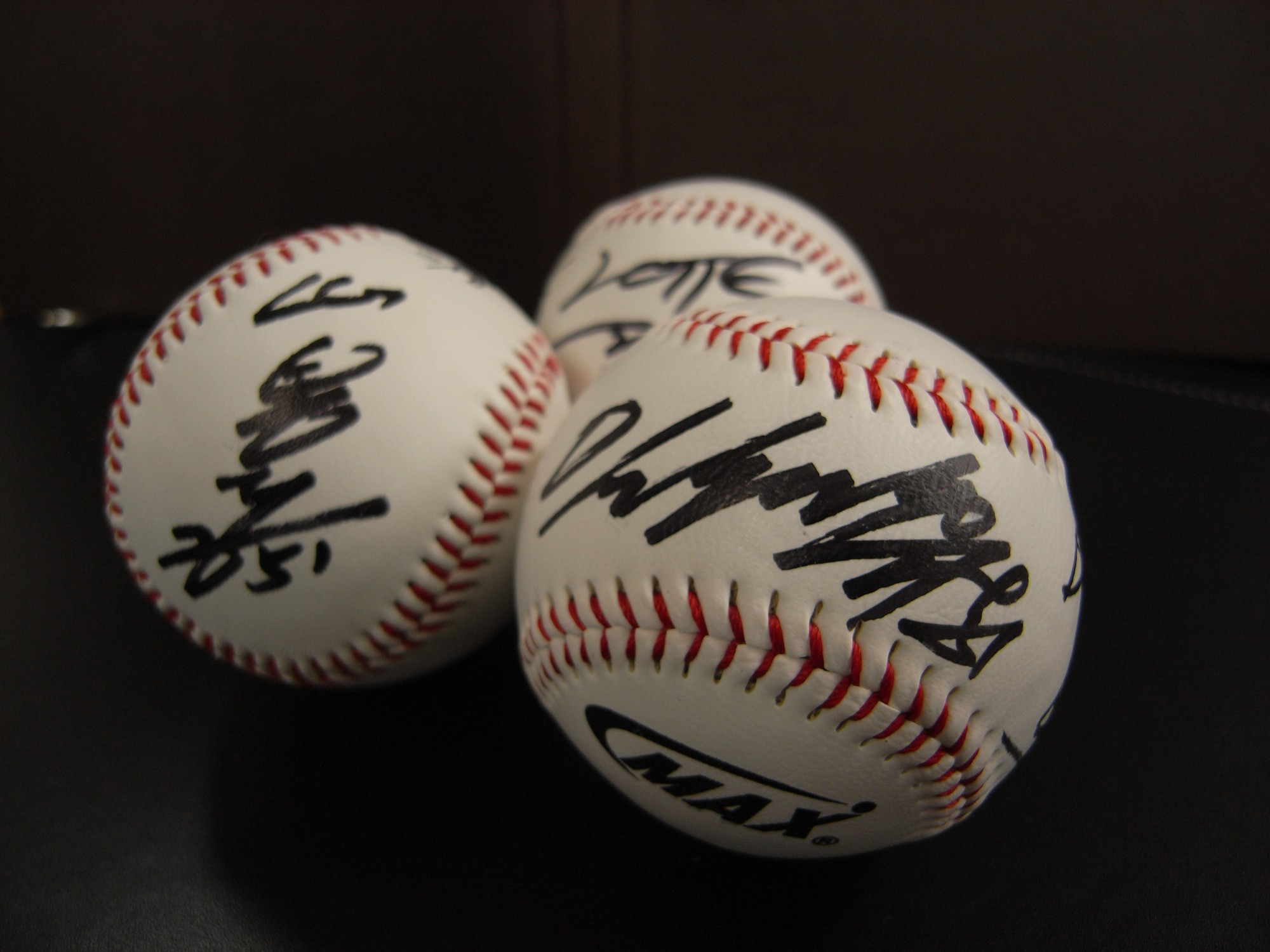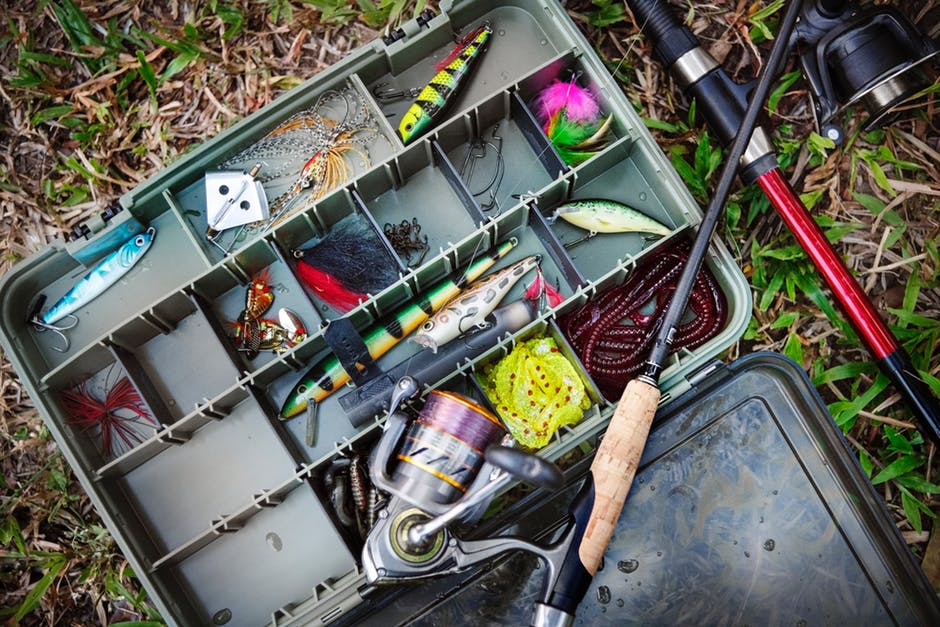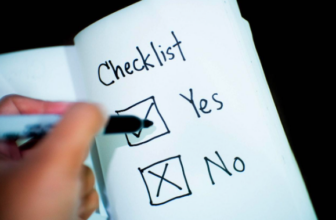
Did you just find an item with an autograph on it? There are several ways to find out if it’s legitimate, ranging from simple observations you can do at home to hiring a professional authentication specialist.
The autographed item could be extremely valuable at auction, but you need to be absolutely sure before you can fully appreciate your treasure. Take a look at this guide to learn how to find out if it’s real or just a fake.
Compare It to a Real Autograph
Take a look online for authentic autographs from the same person at established auction sites, trustworthy authentication services, or memorabilia stores for the real deal. Zoom in and compare. Real autographs will vary slightly from one another but look closely at the shapes, sizes, and style of the letters.
Look at whether they have open or closed letters and where the line stops at the end of the name. Turning them both upside down to compare will make it easier to spot the differences.
Stops and Starts
If you can see obvious hesitations or stops, you can bet it’s fake. Sometimes the lines will be a little wavy, which means that whoever signed it went slowly rather than fluidly. Remember, with authentic autographs, the pen moves even before they start signing, so if you see a heavy spot of ink at the beginning, it’s usually fake.
Read about this gentleman, who made quite a bit of money when people overlooked the signs. Thinking about trying this yourself? I wouldn’t risk it.
Line Thickness
Natural signatures have varying line thicknesses within them. If you see that the lines are a consistent thickness, that’s a red flag that it could have been done with an autopen, which is a pen attached to a mechanical arm. These are used for signing in mass quantities.
Sheen Variation
If the autograph is a print of any kind, such as a poster or photograph, you’ll need to find out whether it is part of the print or written on the print. Hold it up to the light at look at it from an angle.
If the sheen of the autograph differs from that of the print, you can safely say the signature was not pre-printed. So far so good.
Hidden Autographs
Some signed baseballs, for example, have hidden signatures on the ball, which indicate multiple attempts by the forger to get it right. They’re usually buffed over, however, a professional can use special technology to detect them. If they do see these, it’s not an authentic autograph.
Fake Certificates of Authenticity
Even if the item came with some sort of “certificate of authenticity”, it can be hard to tell a real vs. fake autograph. Take it to a professional. It will be worth it for peace of mind. Don’t get duped by the con artists.
Continue the Investigation
Now that you’ve learned a few tips on how to tell if an autograph is real, move forward in whatever direction the investigation leads. Use a credible professional. Look into their experience before making your decision.
Did you find this article helpful? If so, make sure to read more from our shopping category.





